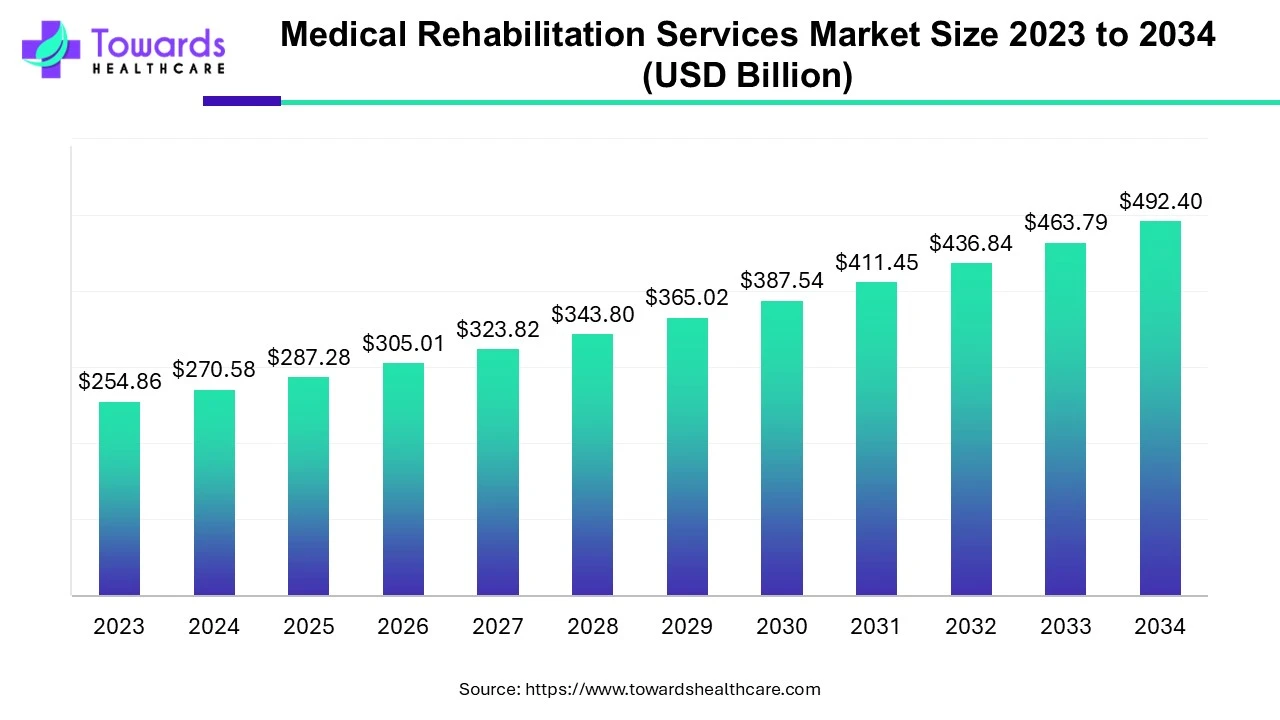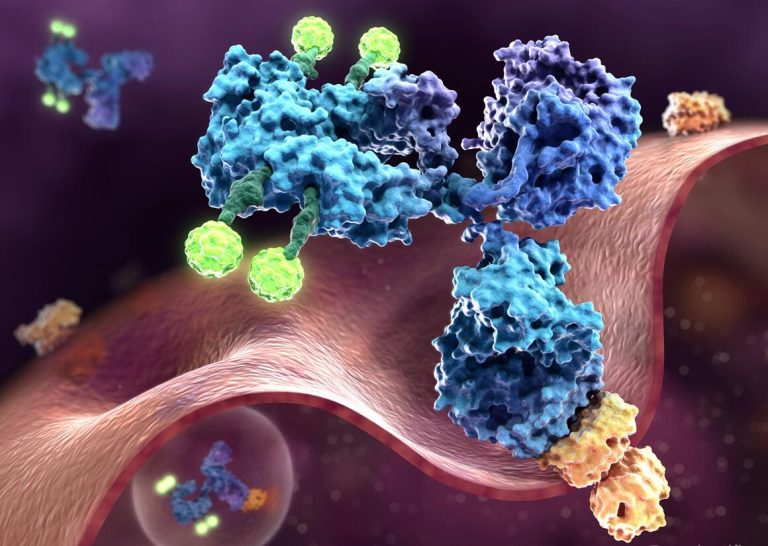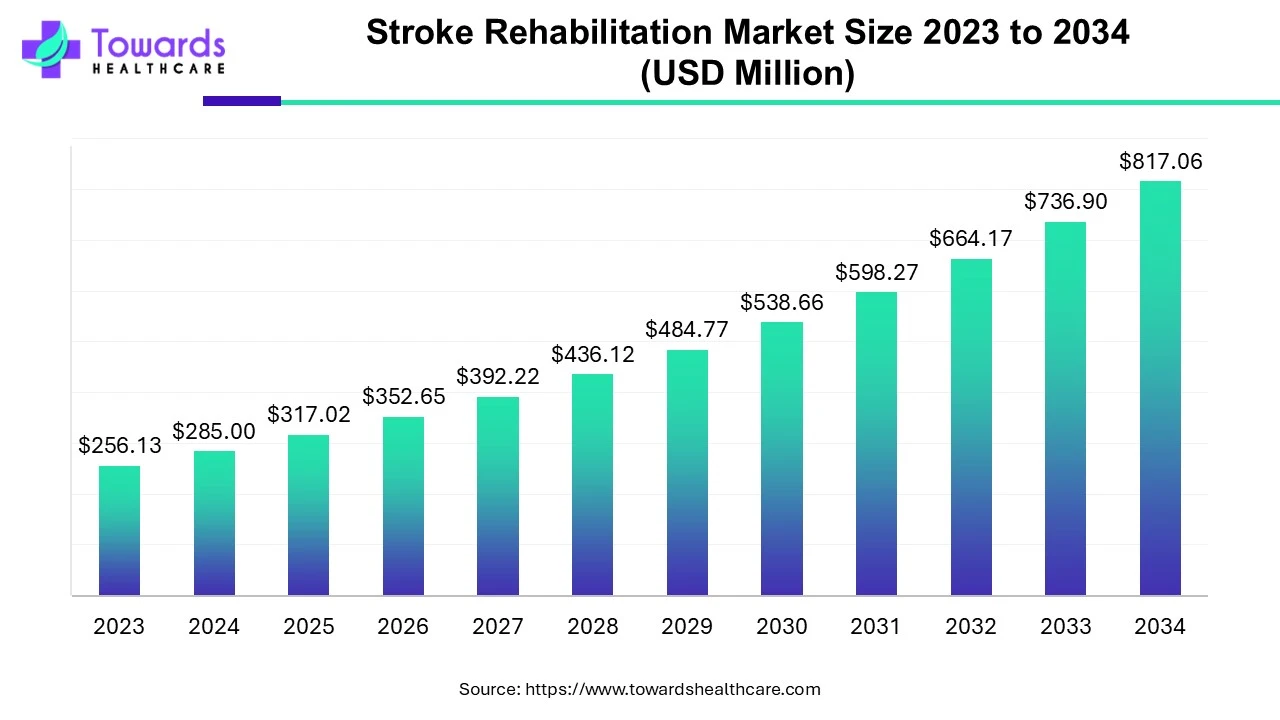In the ever-evolving landscape of healthcare, the global generic drugs market is gearing up for substantial growth. Starting at USD 439.37 billion in 2022, this market is projected to experience a noteworthy 5.3% Compound Annual Growth Rate (CAGR) from 2023 to 2032, culminating in an estimated value of USD 738.53 billion by 2032. This surge is attributed to the increasing approvals of generic drugs and a heightened influx of funding into the generic drugs market.
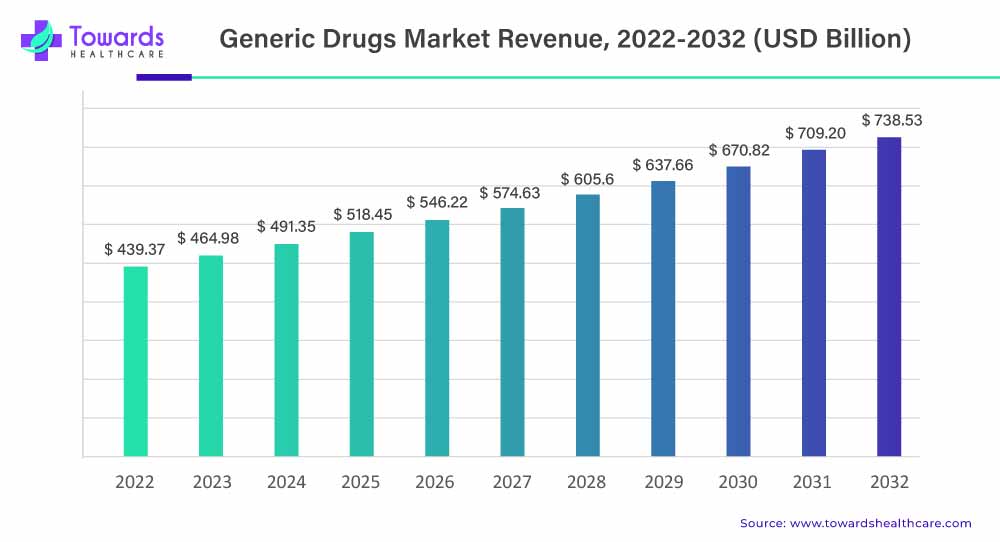
A Steady Decline in Generic Drug Expenditure Promotes Saving of Healthcare Costs
The generic drugs market refers to the market for pharmaceutical products that are bioequivalent to brand-name drugs but are sold under their generic names. These drugs have the same active ingredients, dosage form, strength, route of administration, and intended use as their brand-name counterparts. The generic drugs market plays a critical role in providing affordable and accessible medications to patients worldwide.
With over 10,000 generic drugs market approved by the FDA, generics have proven their value by accounting for more than 90% of dispensed prescriptions in the U.S. while representing only 18% of overall spending. The market for generic drugs is driven by several key factors. Firstly, the expiration of patents on brand-name drugs creates an opportunity for generic drug manufacturers to enter the market and offer more affordable alternatives. This helps to increase competition and drive down drug prices, making healthcare more accessible to a larger population.
As reported by ASPE, between 2016 and 2021, there was a consistent decrease in retail generic drug expenditures, while non-retail generic drug expenditures showed a steady rise. This indicates a shift in the pattern of spending on generic drugs market during this period.
Generic drugs play a crucial role in reducing healthcare spending. In the U.S., despite accounting for only 3% of total healthcare spending, they offer significant cost savings compared to brand-name drugs. In 2021, the average copay for generic drugs was $6.16, while the average copay for brand-name drugs was $56.12. Additionally, 93% of generic drugs had a copay of less than $20, whereas only 59% of brand-name drugs had a copay below that threshold. These figures highlight the affordability and cost-effectiveness of generic drugs, making them an important component of healthcare cost management.
The Role of Off-Patent, Off-Exclusivity Drugs in the Generic Drugs Market
Off-patent and off-exclusivity drugs refer to pharmaceutical products that have lost their patent protection or exclusivity rights. This means that other manufacturers can produce and sell generic versions of these drugs. Generic drugs are typically more affordable than their brand-name counterparts and provide similar therapeutic effects. The availability of off-patent and off-exclusivity drugs contributes to increased accessibility to essential medications and competition in the pharmaceutical market.
The FDA publishes a list of approved new drug application (NDA) products that lost patent protection or exclusivity without an approved abbreviated new drug application (ANDA). The list is updated every six months to promote transparency and encourage competition in markets with limited alternatives.
- In December 2022, an extensive number of off-patent and off-exclusivity drugs were identified by FDA without approved generic versions
When a drug loses its patent protection and exclusivity, it creates opportunities for generic drug manufacturers to enter the market and produce their versions of the drug. This promotes competition and helps drive down drug prices, making medications more affordable for patients. In addition, Off-patent, off-exclusivity drugs are typically priced lower than their brand-name counterparts. This cost advantage makes them more accessible to patients and contributes to significant cost savings for healthcare systems and insurance providers. Generic drugs offer a cost-effective alternative while maintaining the same quality and therapeutic efficacy as the brand-name drug.
Thus, off-patent, off-exclusivity drugs play a crucial role in the generic drugs market by promoting competition, affordability, and treatment access. They offer cost savings for patients and healthcare systems, drive market competition and innovation, and contribute to the sustainability of healthcare systems. The availability of generic versions of these drugs enhances treatment options, improves patient outcomes, and supports the overall goal of providing accessible and affordable healthcare.
Increasing Generic Drug Approvals Augment the Market Growth
The generic drugs market is experiencing a significant boost due to the rising number of product approvals. Generic drugs are pharmaceutical products that are bioequivalent to brand-name drugs, providing the same therapeutic effects at a lower cost. The increasing approvals of generic drugs offer several advantages and opportunities for both patients and the pharmaceutical industry.
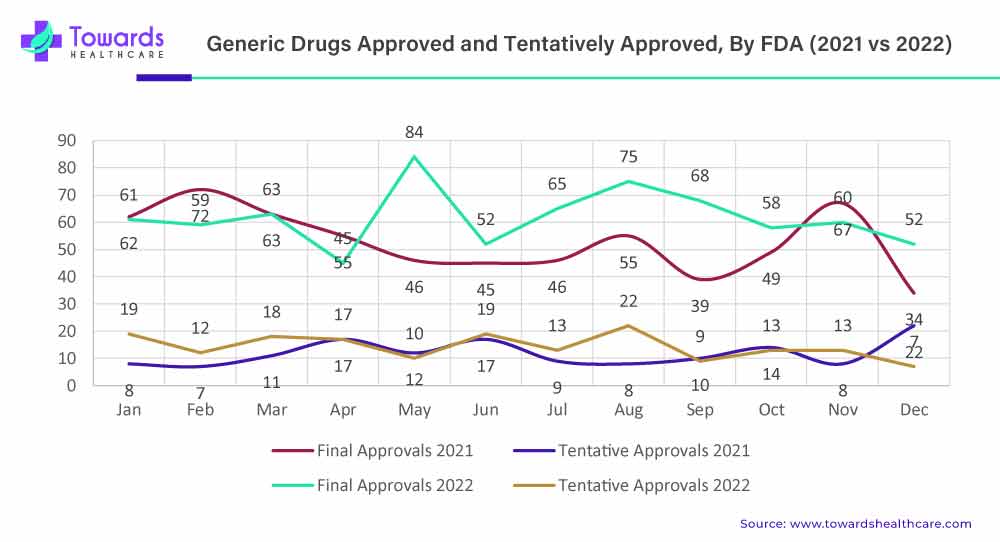
In addition, First-time approvals by the U.S. Food and Drug Administration (FDA) play a crucial role in the generic drugs market. The FDA is responsible for reviewing and approving generic drugs to ensure their safety, efficacy, and quality. When a generic drug receives first-time approval from the FDA, it signifies that the generic version has met all the necessary requirements to be marketed and sold in the United States.
The Role of Funding in the Generic Drugs Market
Growing funding plays a significant role in the development and expansion of the generic drugs market. Funding plays a crucial role in supporting research and development activities in the generic drugs sector. In 2021 and 2022, the FDA allocated $20 million each year in funding to support various researchers and their generic drug science and research programs. The FDA’s generic drug program aims to improve the accessibility of affordable and high-quality generic drugs in the United States.
Generic drug manufacturers invest in developing new formulations, improving manufacturing processes, and conducting bioequivalence studies to ensure the quality and efficacy of their generic products. Increased funding enables these manufacturers to enhance their R&D capabilities and bring new generic drugs to the market.
The generic drugs market is subject to stringent regulatory requirements to ensure the safety, quality, and effectiveness of generic medications. Funding assists generic drug manufacturers in meeting these regulatory compliance standards, such as conducting clinical trials, obtaining necessary certifications, and meeting manufacturing facility requirements. Adequate funding enables manufacturers to navigate the regulatory landscape and gain necessary approvals for their generic products.
In addition, funding plays a crucial role in establishing and expanding the manufacturing infrastructure for generic drugs. This includes investments in state-of-the-art facilities, equipment, and technologies that meet Good Manufacturing Practices (GMP) standards. Adequate funding allows generic drug manufacturers to build robust manufacturing capabilities, ensure product quality, and scale up production to meet market demand.
Furthermore, funding supports generic drug manufacturers in expanding their market reach and distribution networks. It enables them to establish partnerships and collaborations with wholesalers, distributors, and healthcare providers to ensure the availability and accessibility of generic drugs to patients. Funding also facilitates market research and marketing activities to create awareness and promote the use of generic medications. Growing funding in the generic drugs market can support the international expansion efforts of manufacturers.
It allows companies to explore new markets, establish partnerships with local distributors, and navigate regulatory requirements in different regions. Increased funding facilitates market entry strategies, such as conducting market assessments, obtaining necessary licenses, and adapting products to meet specific regional requirements.
Regional Overview of the Generic Drugs Market
The generic drugs market in North America, particularly in the United States, is a significant and thriving industry. The United States has been a key player in the global generic drugs market, accounting for a substantial share of the market revenue. In 2021, a total of 6.4 billion prescriptions were dispensed to patients in the United States. It is noteworthy that 91% of these prescriptions were for generic and biosimilar medicines, which are more affordable alternatives to brand-name drugs.
The utilization of these lower-cost medications resulted in substantial cost savings amounting to $373 billion for various stakeholders, including patients, consumers, employers, and taxpayers. This emphasizes the significant role that generic medicines play in improving the accessibility and affordability of healthcare in the United States.
In the U.S., generic pharmaceutical companies are responsible for manufacturing the medicines used in 9 out of 10 prescriptions that are dispensed. This highlights the significant role played by generic drugs in providing accessible and affordable healthcare options to the population. The U.S. healthcare system encourages the use of generic drugs through various policies and initiatives. For example, the U.S. Food and Drug Administration (FDA) has implemented programs to expedite the review and approval process for generic drugs, such as the Generic Drug User Fee Amendments (GDUFA).
These programs aim to increase competition, reduce drug prices, and enhance the availability of generic drugs to patients. In addition, in 2021, the top 10 best generics played a crucial role in cost savings, totaling $110 billion. These generics are affordable alternatives to brand-name drugs and have significantly contributed to reducing healthcare expenses. Furthermore, the ten generics with the highest sales volume in 2021 accounted for substantial savings of $66 billion.
Magnifying Expansion: Key Insights into Market Dynamics
1. Surge in Market Size
The anticipated jump from USD 439.37 billion in 2022 to an estimated USD 738.53 billion by 2032 underscores the robust expansion characterizing the global generic drugs market. This significant increase mirrors the escalating demand for cost-effective pharmaceutical solutions worldwide.
2. Solid 5.3% CAGR
The projected Compound Annual Growth Rate of 5.3% for the period spanning 2023 to 2032 signifies the sustained upward trajectory of the generic drugs market. This steady growth rate highlights the industry’s adaptability and responsiveness to evolving healthcare needs.
Propelling Forces: Unraveling Factors Behind the Surge
1. Rising Approvals of Generic Drugs
A pivotal factor propelling the growth of the global generic drugs market is the increasing approval of generic medications. As regulatory bodies embrace a more expansive array of generic options, the market witnesses a surge in diverse pharmaceutical offerings, meeting the demands of a cost-conscious global population.
2. Increased Funding in the Generic Drugs Industry
The augmented overall funding in the generic drugs industry serves as a catalyst for market expansion. This influx of financial support fosters research, development, and innovation, driving the industry towards enhanced efficiency and a broader spectrum of accessible pharmaceutical alternatives.
The generic drugs market in the Asia Pacific region is experiencing significant growth and presents lucrative opportunities for pharmaceutical companies. Several factors contribute to the expansion of the generic drugs market in this region. India has emerged as a leading provider of generic medicines on a global scale. With a significant 20% share in the global supply, India manufactures around 60,000 different generic brands across 60 therapeutic categories. These medicines are supplied to over 200 countries worldwide.
The Pradhan Mantri Bhartiya Janaushadhi Pariyojana (PMBJP) was launched in India to ensure the availability of quality generic medicines at affordable prices, especially for disadvantaged populations. As part of this initiative, dedicated outlets called PMBJK have been established across the country to provide generic medicines to the masses, further promoting access to affordable healthcare.
Market Saturation in Generics Restraint the Market Growth
Market saturation is a restraint in the generic drugs market. As more generic drugs are introduced into the market, the competition among manufacturers increases. Over time, multiple manufacturers may enter the market with generic versions of the same drug, leading to a crowded and highly saturated market. The saturation of the generic drug market presents challenges for manufacturers, including intense competition and price erosion. With multiple generic options for the same medication, it becomes challenging to differentiate products and establish brand loyalty. Price often becomes the primary factor in purchasing decisions, leading to a commoditization of generic drugs. This situation can impact profit margins and hinder the ability of manufacturers to stand out in a crowded market.
In addition to the challenges mentioned earlier, market saturation in the generic drugs market can impact the availability and accessibility of certain medications. Manufacturers may prioritize more profitable or in-demand drugs, leading to potential shortages or discontinuation of less lucrative generic drugs. This situation can pose difficulties for patients and healthcare providers who rely on these medications.
To address the restraints imposed by market saturation, manufacturers should conduct thorough market analysis to identify potential opportunities. Strategic product selection, focusing on niche markets or therapeutic areas with limited competition, can help manufacturers differentiate their offerings. Effective marketing and distribution strategies are also crucial to attract customers and ensure widespread availability.
Exploring partnerships and collaborations with other industry players can provide manufacturers with new avenues for growth and expansion. Additionally, expanding into emerging markets, both domestically and internationally, can help diversify the customer base and reduce reliance on saturated markets. Thus, overcoming market saturation in the generic drugs industry requires a combination of strategic decision-making, market intelligence, and innovative approaches to product development and distribution.
The Effect of Growing Drug Utilization
The growing utilization of generic drugs is a significant opportunity in the pharmaceutical market. Generic drugs undergo rigorous regulatory scrutiny to ensure they meet the same safety and efficacy standards as their branded counterparts. Regulatory authorities, such as the U.S. Food and Drug Administration (FDA), require generic drugs to demonstrate bioequivalence to the branded drugs they are intended to replace.
This ensures that generic drugs have the same active ingredients, dosage forms, strength, route of administration, and performance characteristics as their branded equivalents. As patients and healthcare professionals become more aware of these standards, they gain confidence in the safety and effectiveness of generic drugs.
Generic drugs are typically priced significantly lower than branded drugs. This affordability makes them a preferred choice for patients and healthcare providers, especially in cost-sensitive healthcare systems. The cost savings associated with using generic drugs can have a substantial impact on healthcare expenditure, both at the individual and system levels. The increasing emphasis on cost containment and value-based healthcare has further driven the utilization of generic drugs.
Thus, the growing utilization of generic drugs is driven by a combination of factors, including safety and efficacy, cost-effectiveness, improved healthcare access, and increased awareness. As the benefits of generic drugs become more widely recognized, the market for these products is expected to continue expanding, offering significant opportunities for manufacturers and stakeholders in the pharmaceutical industry.
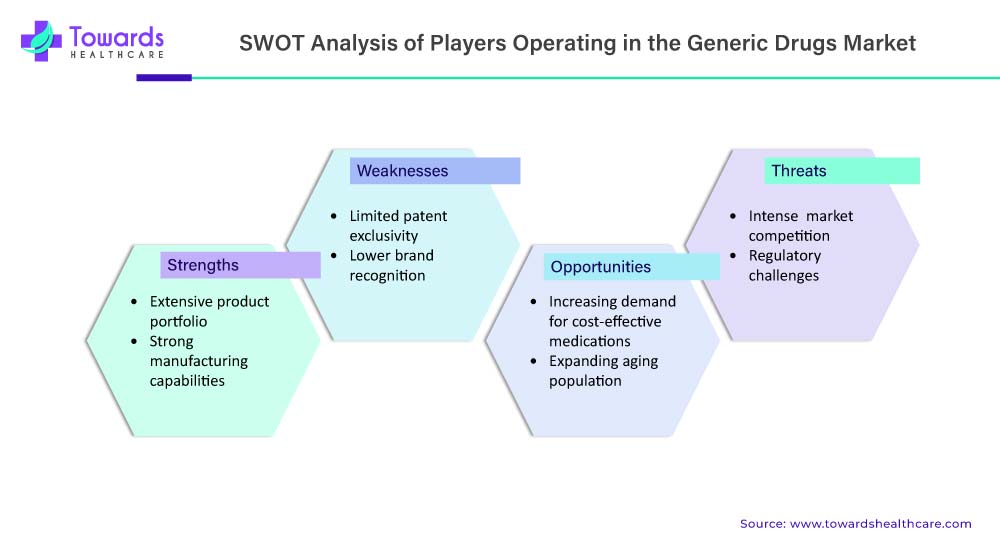
Envisioning the Future: Anticipated Market Dynamics
1. Technological Innovations
The future trajectory of the global generic drugs market is expected to be influenced by ongoing technological innovations. Advancements in manufacturing processes, quality control, and distribution are anticipated to redefine the landscape, ensuring the production of high-quality and cost-effective generic medications.
2. Broadening Access: A Global Imperative
A shift towards broadening access to generic drugs on a global scale is anticipated to play a pivotal role in shaping the market’s future. Initiatives aimed at increasing availability and affordability of generic pharmaceuticals are poised to impact healthcare accessibility positively.
Market Segmentation
By Brand
- Pure generic drugs
- Branded generic drugs
By Route of Drug Administration
- Oral
- Topical
- Parental
- Others
By Therapeutic Application
- Central nervous system (CNS)
- Cardiovascular
- Dermatology
- Oncology
- Respiratory
- Others
By Key Distribution Channel
- Hospitals Pharmacies
- Retail Pharmacies
- Others
By Geography
- North America
- U.S.
- Canada
- Europe
- U.K.
- Germany
- France
- Asia-Pacific
- China
- India
- Japan
- South Korea
- Malaysia
- Philippines
- Latin America
- Brazil
- Rest of Latin America
- Middle East & Africa (MEA)
- GCC
- North Africa
- South Africa
- Rest of the Middle East & Africa
Conclusion: A Thriving Era of Generic Drug Advancement
In conclusion, the global generic drugs market is entering a transformative phase of expansion, driven by factors such as rising approvals of generic medications and increased funding in the industry. With a robust 5.3% CAGR, the market not only adapts to evolving healthcare landscapes but also addresses the imperative of providing cost-effective pharmaceutical solutions worldwide. As technological innovations and global access take center stage, the future promises a landscape where generic drugs play a crucial role in ensuring affordable and accessible healthcare for all.
